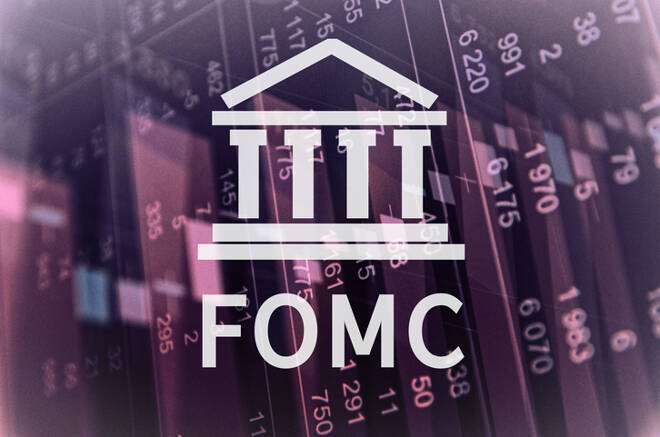Advertisement
Advertisement
Fed Holds Policy Steady; Mentions Change in Consumer Spending from Strong to Moderate
By:
I was expecting Fed policymakers to hold rates steady, but was rather surprised by their comments about household spending.
The U.S. Federal Reserve held its benchmark interest rate steady on Wednesday as expected at it first policy meeting of the year and the decade. There wasn’t much in the highlight department, but officials did point to continued moderate U.S. economic growth and a “strong” job market.
The Federal Open Market Committee (FOMC) announced its unanimous decision to maintain the key overnight lending rate in a range of between 1.50% and 1.75%.
The central bank’s statement was little changed from the one issued after its December meeting, saying that the current federal funds rate was “appropriated to support sustained expansion of economic activity,” including ongoing job growth and a rise in inflation to the central bank’s 2% target.
Analysts Weigh In
The financial markets showed little reaction to the Fed announcements, but various analysts had different takeaways.
“There wasn’t much that changed from the last statement,” said Kristina Hooper, Chief Global Market Strategist at Invesco. “One difference was the characterization of household spending, it went from strong to moderate. We want to follow that closely because the consumer really is the engine driving the U.S. economy.”
Michael Purves, Founder and CEO at Tallbacken Capital Advisors observed, “We’re dealing with a very static Fed. The statement was pretty similar to the December statement.”
“This is what the markets and certainly I (were) expecting, to be reinforcement of a no-hike, no cut policy. When pressed, it seems like they’re going to err on the side of the doves rather than the hawks.”
“The Fed statement is pretty much as expected and largely a non-event. We’re still going to see balance sheet expansion from until April, which is what we expected” stated Gregory Faranello, Head of U.S. Rates at Amervet.
“Without question, that extra liquidity is having an impact on risk assets and financial conditions if you just look at the correlation between equities and the Fed’s balance sheet.”
Arthur Bass, Managing Director at Wedbush Securities commented, “What the Fed would like to see is the economy start picking up on an international basis, not just in the US, and then gradually easy off. I think their biggest fear is that they can’t do that before the next recession.”
“It couldn’t be more consistent with what they’ve said before, and of course they’re on hold here. You’ve got a lot of countervailing economic issues for them to face and the possible impact of the virus slowing some global demand… But, on the other hand, demand remains robust with consumers…There’s nothing that indicates inflation is about to take off.”
Dip in Consumer Spending
I was expecting Fed policymakers to hold rates steady, but was rather surprised by their comments about household spending. In 2019, the data showed that the consumer was supporting the economy so to see the Fed say that spending declined from strong to moderate caught my eye. Without offering much evidence as to how they came to this conclusion, this is certainly something I will be watching for in 2020.
About the Author
James Hyerczykauthor
James Hyerczyk is a U.S. based seasoned technical analyst and educator with over 40 years of experience in market analysis and trading, specializing in chart patterns and price movement. He is the author of two books on technical analysis and has a background in both futures and stock markets.
Advertisement
